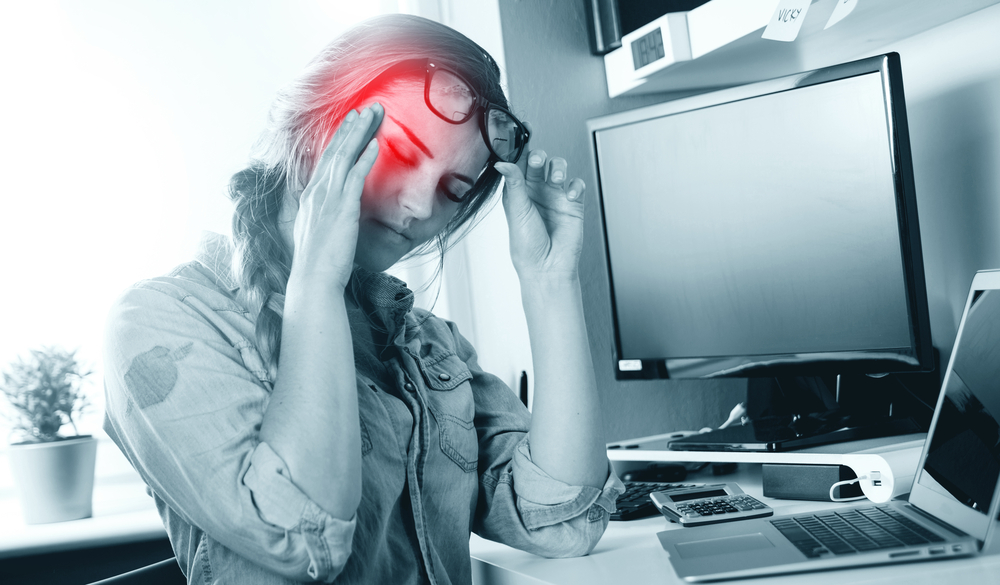4 Things You Need To Know Before Getting Botox Treatment For Migraines
4 things you need to know before getting botox treatment for migraines
Botox treatments for migraines gained popularity when people who were using Botox for cosmetic reasons noted that their headaches improved after Botox therapy. That was the beginning of these treatments for migraines, and several manufacturers began pitching Botox as an alternate remedy after getting the approval of FDA.
Botox has become a billion-dollar industry due to its cosmetic and medical uses. A lot of people in their 30s are also opting for Botox treatments to get rid of fine lines before they can get worse.
What is Botox?

- Botox is a class of botulinum toxin.
- Botulism is a severe disease caused by this bacteria.
- Botox is made from the botulinum toxin. In limited amounts, this toxin does not cause any harm and can temporarily reduce muscle contractions for approximately three to four months.
How does Botox work?
- Botox enters the nerve ends in the injected area, (usually it is injected close to the pain receptors that cause headaches) and blocks the release of chemicals associated with the pain. Thus, this prevents the pain signals from reaching the brain.
- Botox prevents migraine headaches, but it takes time to show results.
How can one find a doctor who cures migraines with Botox?
- Usually, there are migraine specialists who offer Botox treatments.
- American Migraine Foundation has a database of doctors that are approved by insurance companies.
- Note that a doctor will suggest a treatment plan based on an individual’s health condition.
What are the things one needs to know before getting Botox for migraines?
- According to the April 2012 journal, the American Medical Association examined about 31 clinical trials of Botox for curing migraines. On an average, patients experienced a reduction of two headache days per month. However, the report also states that the Botox won’t help people with episodic migraines or chronic tension-type headaches.
- Botox is a preventive medication for weakening migraine headaches. If an individual has around 15 migraine attacks every month, Botox offers a good remedy as it has fewer side effects and gives around 90 days of no headaches. Another advantage of Botox is that it has virtually no side effects on a daily basis.
- The side effects of Botox affect less than 10% of patients. In clinical trials, neck pain is the most commonly noted side effect experienced by 9% of people with chronic migraines.
- Some rarely noticed side effects are slight facial paralysis, bronchitis, drooping eyelids, muscle pain, musculoskeletal stiffness, high blood pressure, and tender muscle spasms.
- After Botox is injected for curing migraines, the nerve endings usually feel frozen. Hence, one’s face might feel tired or exhibit no movement. However, this condition improves over time, and it can be covered up with makeup.
- One usually needs to take 2-3 Botox injections in a time span of 6-9 months. The gap between these injections allows the muscles to relax. You will not face the same side effects every time.
- The average cost of Botox treatments for curing migraines is $525 for 100 units. There could be separate costs if one wishes to test this treatment method beforehand.
- So, before scheduling an appointment, consult a doctor to see if this treatment method would suit your condition. It is also a good idea to check all the side effects of this treatment method.
- You can combine this treatment method with other medication as well as some relaxation techniques to get the best results.

